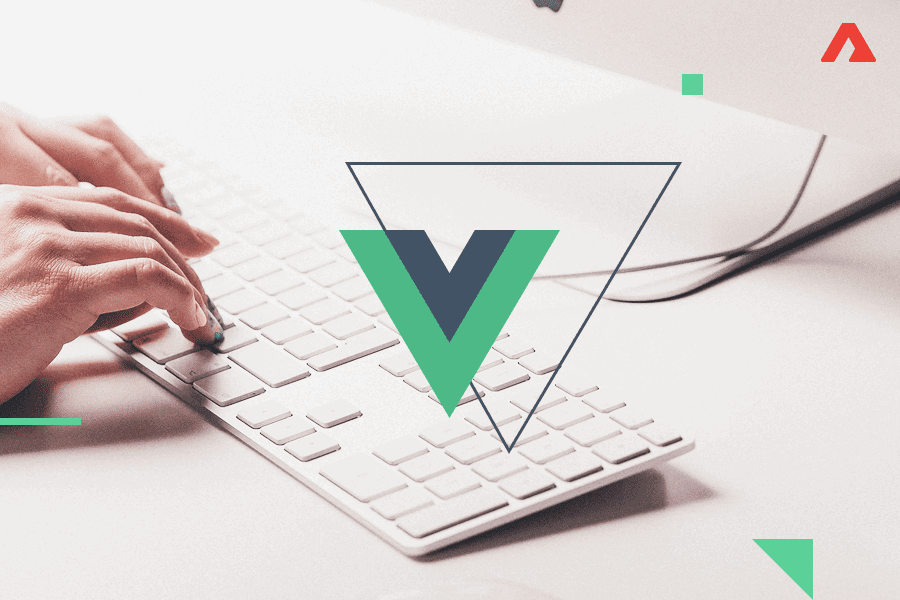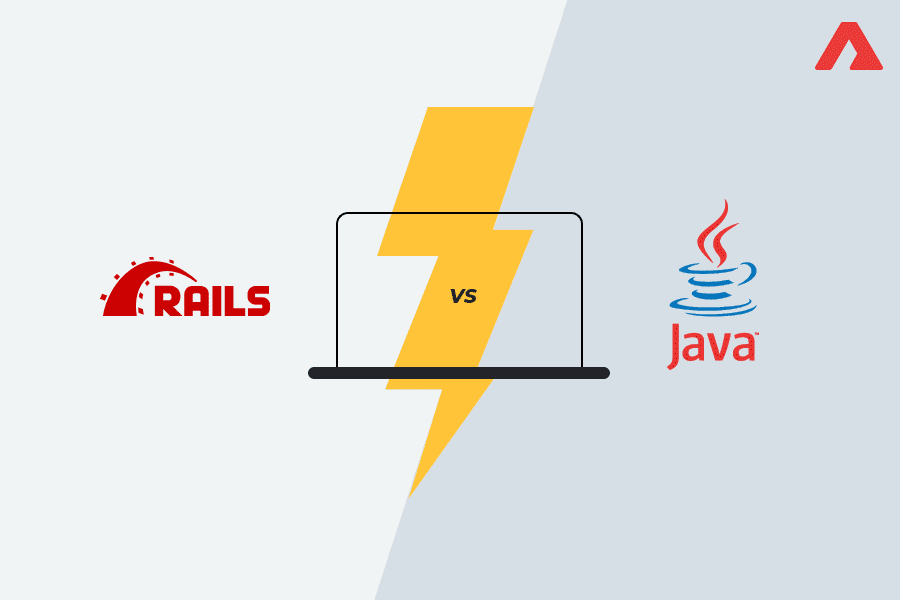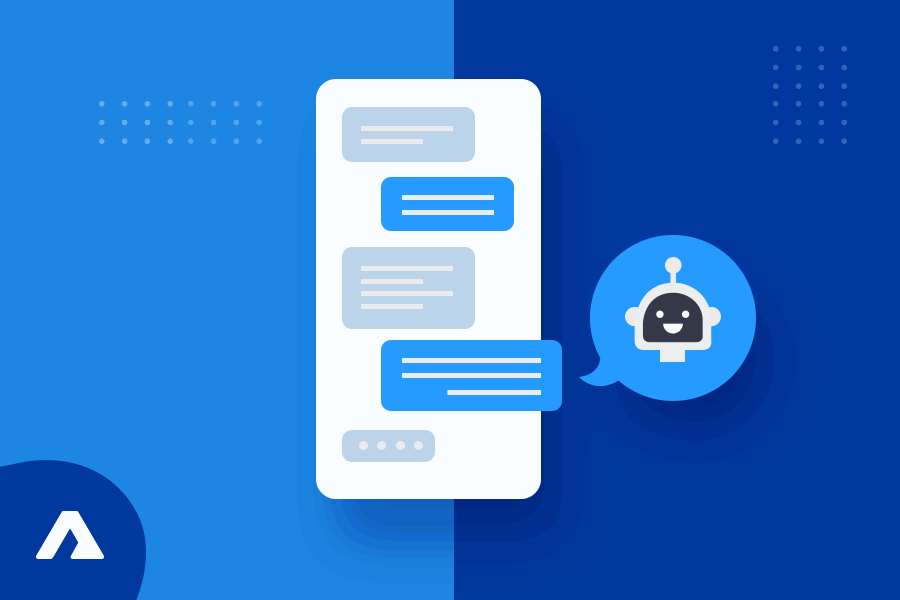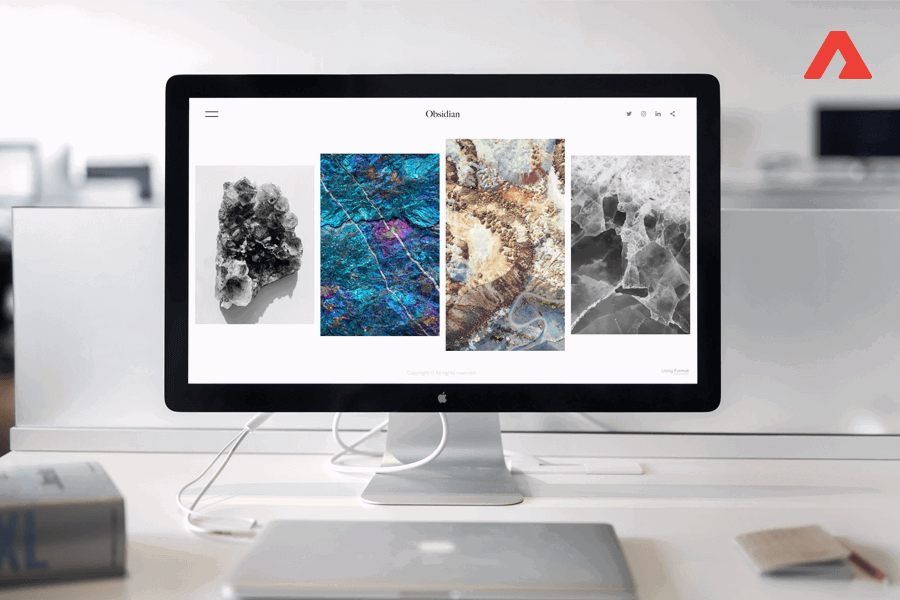User-Centred design or UCD is a design process that is based on iterations. The custom product development process needs the designers to focus on the needs of the users in every phase of the design process.
In UCD, the design teams include the users throughout the product development process by using multiple research and design techniques. This helps to create extremely accessible and usable products for the end-users.
What is User Centered Design?
The user-centred design employs a mix of investigative tools and methods. This includes interviews, surveys, and generative tools that help to develop a deep understanding of the user’s needs.
Usability engineering and cognitive science expert Don Norman had first used this term in his work on improving people’s experience in the use of items.
User-centric design is a problem-solving approach that is used by many professionals including UX designers. It has become a huge part of the web development process.
UX designers need to adopt an optimistic approach while coming up with new solutions. UCD plays a huge role in this approach.
It gives them an optimistic approach and aids them to overcome challenges and move ahead with better user-centric designs.
The user-centered design gives an optimistic approach to developers and designers to find new solutions. The product development process essentially starts with human beings and ends with answers that are customized as per their needs.
The idea is to understand whom you are trying to reach and design from their perspective. This helps to come up with unique answers. UCD bases itself on how you think and what you do.
It helps to build deep empathy with the people that you are designing for. Generating tons of ideas and creating prototypes is also a part of the product development process.
It is a continuous process that involves sharing what you create with the people that you are designing for. After trial and error, you finally put the innovative solution out for the world.
What is the Process of User Centered Design?
Having a user-centred design gives the designers an exceptional chance to create together with a community. User-centred designers understand their users too well.
They create many ideas to make innovative products that are rooted in the user’s actual needs.
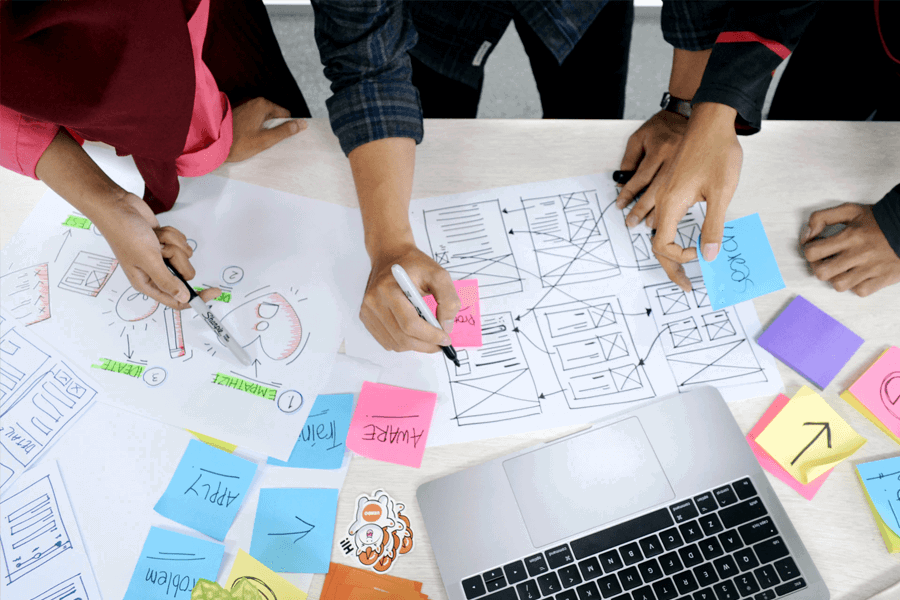
The process of designing in a user-centric may involve the following steps:
- Identifying the people who are going to use the product
- Understanding their needs from the product
- Identifying the conditions under which the users will use the product
- Observing people’s lives, their needs, and working on the product accordingly
The user-centred design gives a common language to all scientists, stakeholders, and end-users.
The end use of the user-centred design techniques is that it benefits from user observations in context, user interviews, and wire-framing.
Below are the 6 phases of the user-centered design process:
- Specifying user needs and use context
- Specifying the business requirements
- Building a full proof design solution from the rough sketch to the finished design
- Evaluating the designs by employing usability testing
- Implementation and delivering the product
- Deployment of the final product after evaluation
Methods employed within User-Centered Design Research
As UCD is a scientific approach, the product development process values experiment, learning, iteration from research, and failure.
For example, user research involves talking with people and understanding their goals, challenges, and limitations. However, it might need more history, context, or data for UCD.
This can be achieved by speaking with the people you are designing for through personal or group interviews. This helps the designers to perceive the user’s desires, hopes, and aspirations.
The feedback is used to ask more questions and to push the ideas further.
The responsive principles of USD are as below:
- Strong understanding of users, environments, and tasks
- Design should be evaluation-driven
- Accommodating the general consumer experience
- Client involvement within the design process.
Opportunities & Impact of UCD
User-centred design functions on a human bias. It is completely driven by humans, their hopes, needs, fears, and the designers discover what is most desirable for them.
But once the designers determine solutions for a target community, they need to bring in technical expertise. For this, they should figure out ways to make these solutions financially viable.
A crucial aspect of designing successful and sustainable solutions is finding the right balance. You can’t live in abstractions if you want to create solutions that impact the end-users. The solutions should be workable, desirable, and viable.
Impact of UCD on Design Process and Customer Behavior
- User-centred designers continuously go through the cycle of test, fail and try again. The method includes analysis, generative strategies, interviews, and tools such as group action. UCD develops the understanding of user’s desires through the inclusion of all users at the stages of designing and testing the product. The designers rely on the user feedback and this includes everybody in the group. The process of iteration keeps the design more responsive and fruitful.
- UCD highly influences the success of the product release. The biggest example of benefiting from User-centric design is Microsoft. It was a technology-driven organization for the longest time. Their UX was becoming more and more advanced which was negative for their users.
- But the organization slowly changed its strategy to become more and more user-centred. They adopted an authentic design development process that focused on their users. Microsoft decided that they will make user-centred design a part and parcel of their work ethics and code.
Microsoft found hope in their custom product development and team-building process. Their user-centred design resulted in huge business success.
Both business and user goals were developed successfully by collaborating and working with the end-users.
Identifying Problems in UX Early on
A user-centred design approach needs you to be comfortable with the idea of failure. You should ideally celebrate the learning that comes with failure.
You must try something, push too far and then learn from your experiment to apply these learning the next time you try.
Even if this half-baked idea does not quite work out as per your expectations, you will have another chance to try better and get the desired outputs.
But learning from an unexpected failure will be more valuable than success.

But when it comes to the implementation of the design, which is when you will not want failure to happen as often.
At this point, the process will become more expensive and you will have more to lose if it fails.
You will put all the effort into creating something fruitful. But you must be constantly experimenting with the design and refining it further.
So, with user-centred design, even if you fail, you will have to continue to prototype to improve your UX.
The biggest benefit of USD is that it does not leave avoidable rework or big failure at the end. This is taken care of as UCD identifies the problems before they arise.
This saves a lot of cost and time by investing more during the development process.
How Investing in UCD Helps the Development process?
UCD involves the user perspective in every stage of your design process. Your team will need to bring the users into every phase of the process.
You will need to invest all your effort into finding a powerful way of what works well and what doesn’t and why. Your users will serve as an early-warning system that you use to course-correct.
This will help you to fine-tune your designs. They expose all the positive and negative aspects that your team may overlook.
This can be regarding vital areas like usability or accessibility. Therefore, it becomes important to understand how influential the reimbursements of a user-centred design approach can be.
Although being human-centric can be an additional cost to a project. It involves investing a huge amount of time for businesses in talking to people, producing prototype designs, and so on. But it is a worthwhile process in the long run.
Below are the 4 major ways in which UCD delivers:
- As it includes higher user involvement, products meet the expectations and requirements of the users. This results in lower costs (to be incurred in customer services) and increased sales.
- The designers customize products with people in mind. The products are designed in specific contexts and for specific tasks. This reduces the chances of human error and thus reduces the risks. Therefore, UCD leads to highly safe and customized products.
- As the designers are in close contact with the users, therefore, a deeper sense of empathy is ensured. This is useful in creating ethical designs that respect the quality of life and privacy of the users.
- As the designers focus on all the users for a product, they can recognize the cultural diversity and human values with UCD. This is the right step towards the creation of sustainable businesses.
Synopsis
These are the benefits and processes of use-centric design that act as a launching pad for developers and companies to create and roll out the right product and solutions for the people at large.
All product and company names are trademarks™, registered® or copyright© trademarks of their respective holders. Use of them does not imply any affiliation with or endorsement by them.




 Insurance
Insurance









